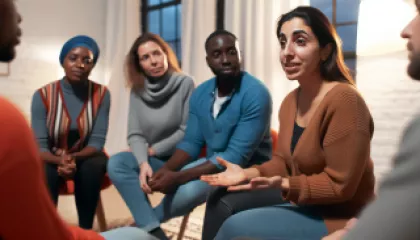Overcoming Bias: A Step-by-Step Guide
1 year ago
Confronting Bias
Every individual, whether consciously or unconsciously, holds some form of bias. It's an inherent part of human nature that stems from our backgrounds, experiences, and societal influences. These biases can impact our decisions, relationships, and interactions in significant ways. Recognizing and overcoming these biases can lead to more informed decision-making, improved relationships, and a more inclusive society. This article provides a comprehensive step-by-step guide on overcoming bias.

